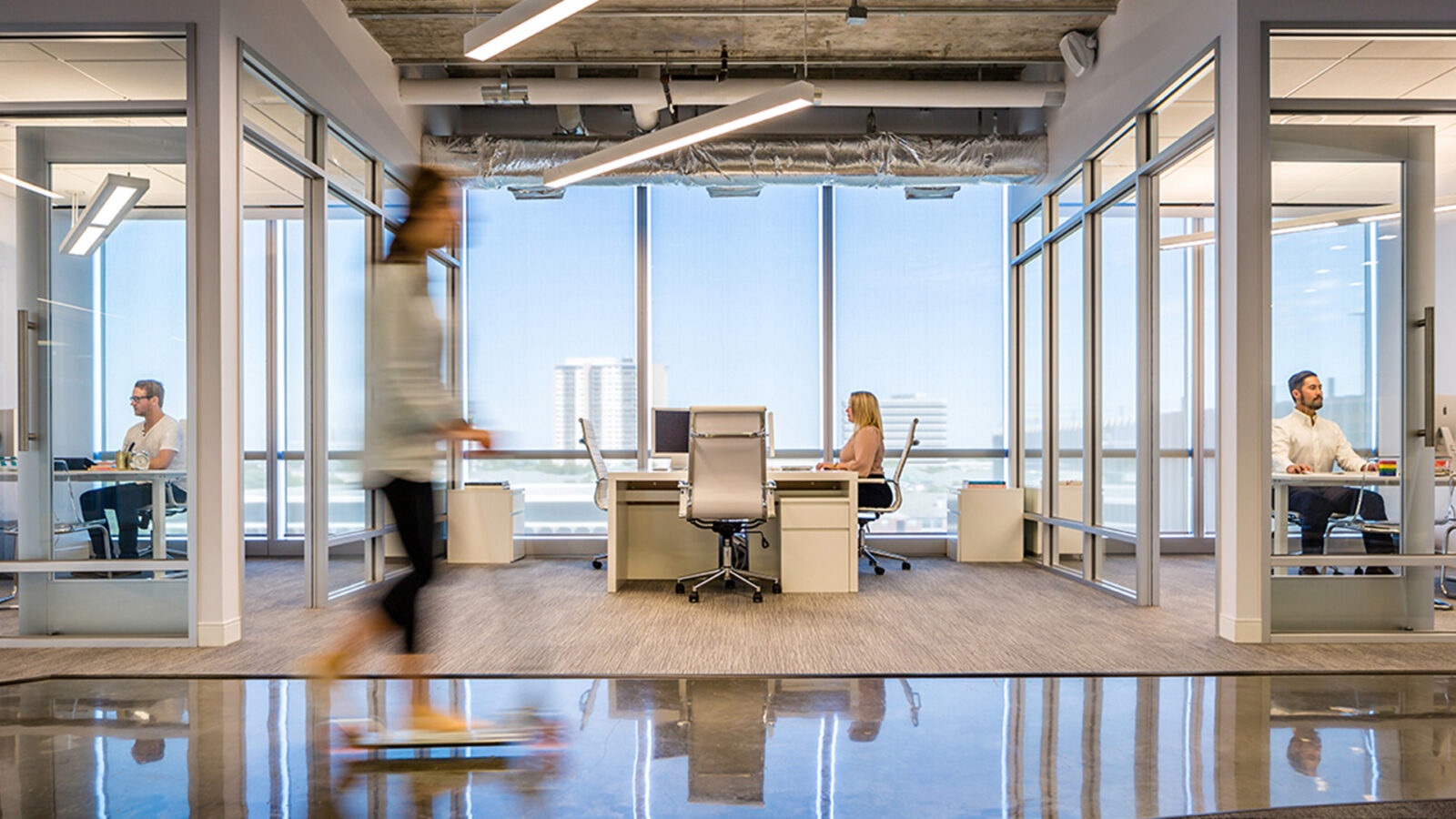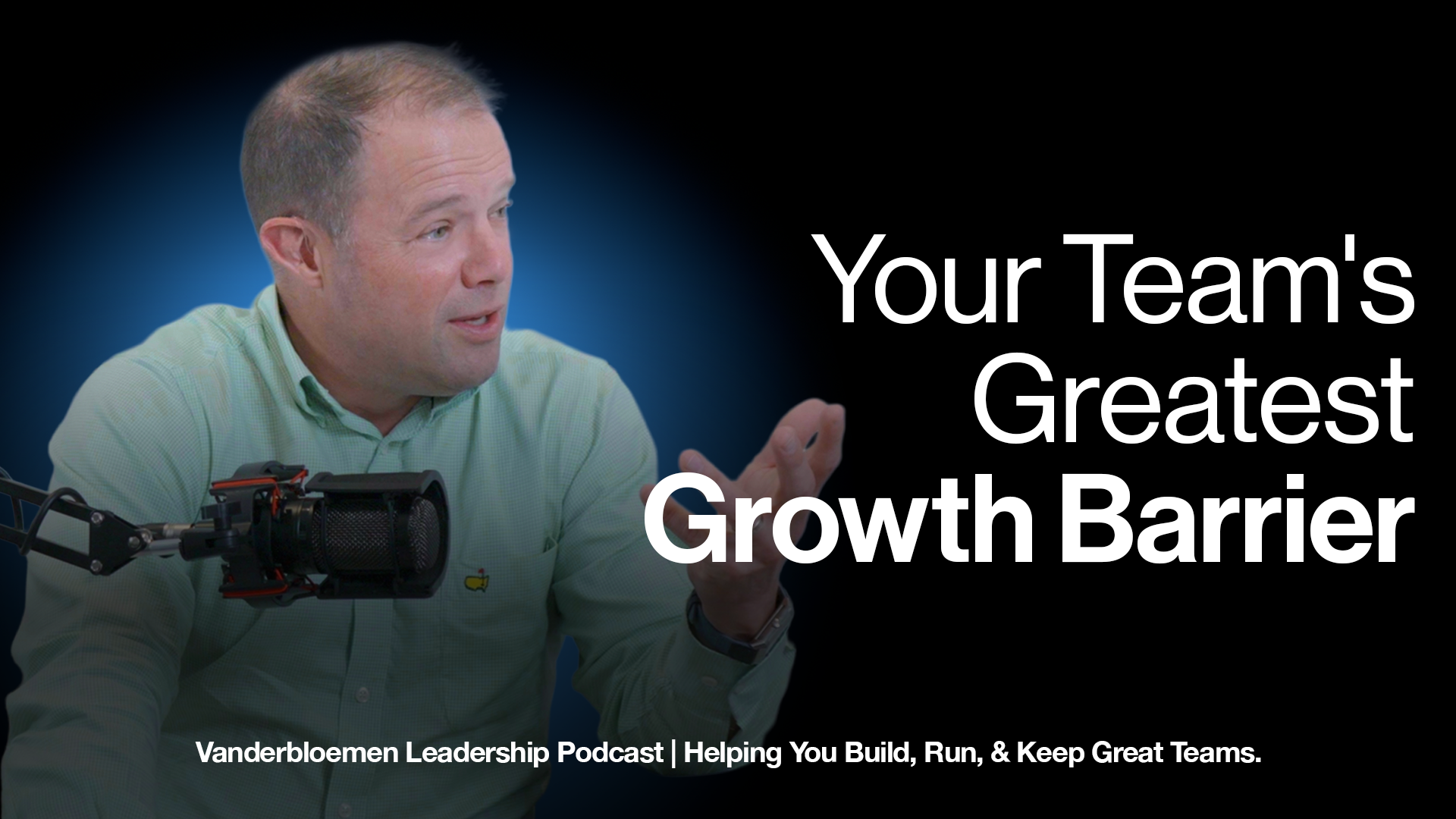Having a well-balanced and diverse staff is very important, especially when it comes to personality types. Introverts and extroverts each bring unique qualities that can work beautifully together in a workplace. However, each thrive in different physical spaces, communicate differently, and will have different preferences for how meetings are run.
It’s important to have a staff culture that not only recognizes these differences but is run in a way where both are nurtured in their individual strengths. Here are some great things to keep in mind as you cultivate a balanced workplace that caters to both introverts and extroverts.
1. Mixed office space
Does your office have varying spaces that allow for different personalities to work well together?
I love our office space at Vanderbloemen because it has an open office feel, but also incorporates small “mini offices” throughout the space for more privacy or a taking a long call.

As someone who basically straddles the introvert/extrovert line, I love to be able to utilize either type of space depending on my task or mood. Sometimes I love to be collaborative and stand up to ask my colleagues a question or bounce ideas off of them.
Alternatively, if I’m writing a blog or working on a more technical task, I like to be in a quiet and removed space. When it comes to the argument of whether open office or traditional is better, I think the answer should be a mix of both.
2. Organized team meetings
Are your team meetings set up in a way that both extroverts and introverts can contribute equally?
Large group meetings are definitely when my introvert side is stronger. Unlike more extroverted types, I’m not as comfortable speaking out in a large crowd. If I have something I need to say, I want to be acknowledged and told it’s okay for me to speak first.
To avoid isolating the quieter staff, it’s imperative that you are setting communication guidelines before the meeting. For example, asking each team member by email before the meeting if they would like to add anything to the agenda is very helpful. Introverts like to be well prepared, so being called on to speak about a topic off the agenda can make them uncomfortable and less eager to contribute.
3. Room to brainstorm
When it comes to brainstorming in a large group setting, extroverts like to bounce ideas around in a big group, where introverts would prefer to come to the meeting with three good ideas that they had time to think out beforehand.
Introverts tend to process information slower and more internally before bringing the idea before a group, while extroverts tend to like to popcorn ideas around and then refine them from there.
4. Communication styles
Communication styles in the workplace can vary drastically between extroverts and introverts.
The first step to setting up a culture that caters to both is recognizing what each staff member’s personality profile is, and understanding the best ways to approach them and work together. This should be a formalized process that each new hire takes as part of their onboarding.
It’s important to recognize that both extroverts and introverts offer valuable perspectives that the other might not have. If you can create an atmosphere where both personality types feel like they are respected and that their voice is heard, you will have a much happier and more productive staff.


